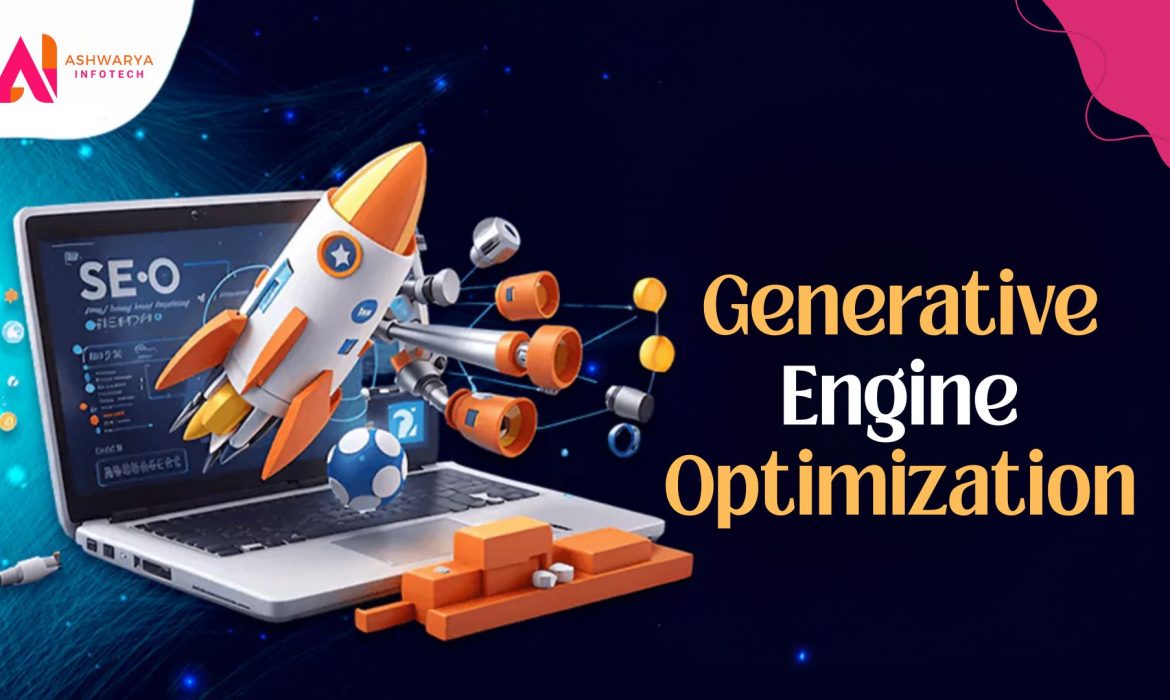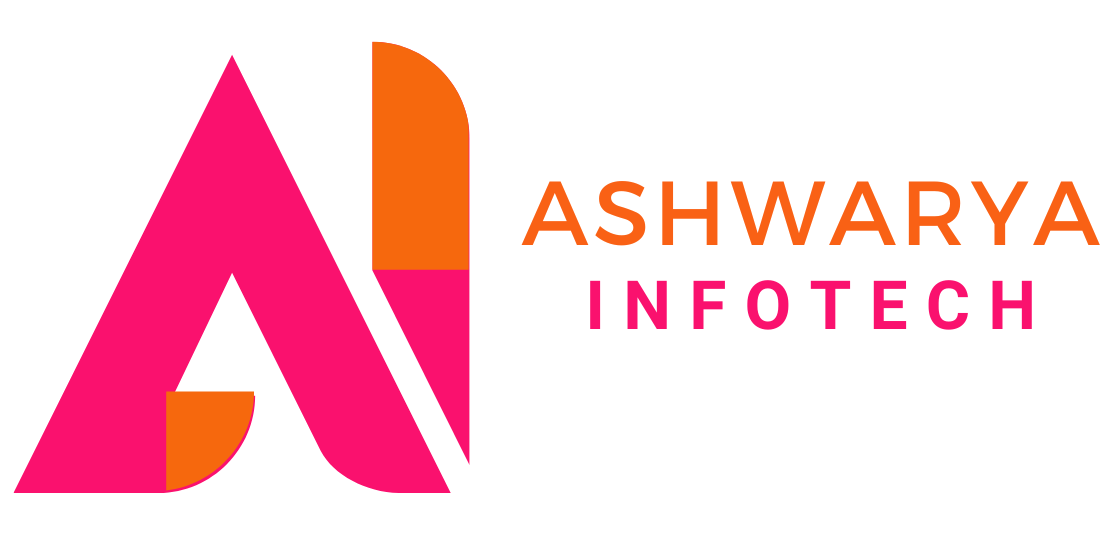
In the ever-evolving digital landscape, businesses are adopting innovative ways to connect with their audiences. One such approach is GEO, or Generative Engine Optimisation, a strategy designed to enhance visibility using generative AI technologies. While often compared to SEO (Search Engine Optimisation), GEO caters specifically to AI-driven systems like Chatgpt and Google Bard, making it essential for modern digital marketing.

What is GEO?
GEO, or Generative Engine Optimisation, focuses on optimising content for generative AI-powered systems. Unlike traditional SEO, which aims to rank websites higher on search engines, GEO ensures that content is structured to provide accurate, engaging responses on AI-driven platforms. This strategy enables businesses to connect with users seeking precise answers from AI systems.
How Does GEO Differ from SEO?
- Scope:
- SEO: Targets global audiences using keywords and backlinks.
- GEO: Optimises content for AI engines to deliver accurate and contextually relevant responses.
- Approach:
- SEO: Relies on tools like SEMrush and Google Analytics.
- GEO: Uses structured data, AI-focused content design, and conversational tones.
- Purpose:
- SEO: Enhances visibility across search engines.
- GEO: Ensures compatibility with AI systems to feature in user queries.
Why is GEO Important?
With generative AI increasingly shaping digital interactions, businesses must adapt to remain visible. More than 40% of users rely on AI systems for answers. GEO ensures that content aligns with AI algorithms, enhancing relevance and engagement while helping businesses stand out in competitive markets.
Key Benefits of GEO
- AI Compatibility: Content optimised for generative engines is more likely to be featured in user queries.
- Enhanced Engagement: AI-optimised content connects better with audiences, fostering trust and interaction.
- Future-Readiness: GEO positions businesses to thrive as AI systems continue evolving.
- Cost-Effective Reach: GEO leverages organic AI-driven visibility, reducing advertising expenses.
- Competitive Advantage: Businesses adopting GEO can outperform competitors relying solely on traditional SEO.
How GEO Works
- AI-Friendly Content Design: Crafting concise, accurate information tailored to generative engines.
- Structured Data: Using schema markup to help AI understand content context.
- Conversational Style: Writing in a natural tone to match AI’s processing capabilities.
- Keyword Optimisation: Focusing on question-based, long-tail keywords prioritised by AI.
- Regular Updates: Keeping information current ensures ongoing relevance for AI systems.
Future Potential of GEO
GEO is poised for growth as generative AI advances. Key trends include:
- Personalisation: AI delivers tailored responses based on user behaviour.
- Voice Search Optimisation: GEO adapting to the rise of voice-driven queries.
- Dynamic Content: Real-time updates to align with evolving AI algorithms.
- Industry-Specific Strategies: From healthcare to retail, GEO enables businesses to meet niche demands through AI.
Conclusion
GEO represents the next phase of digital marketing, complementing SEO by focusing on AI-driven optimisation. As generative AI continues to shape the future, businesses adopting GEO can unlock new opportunities for growth and engagement, ensuring they stay competitive in an AI-centric world.



